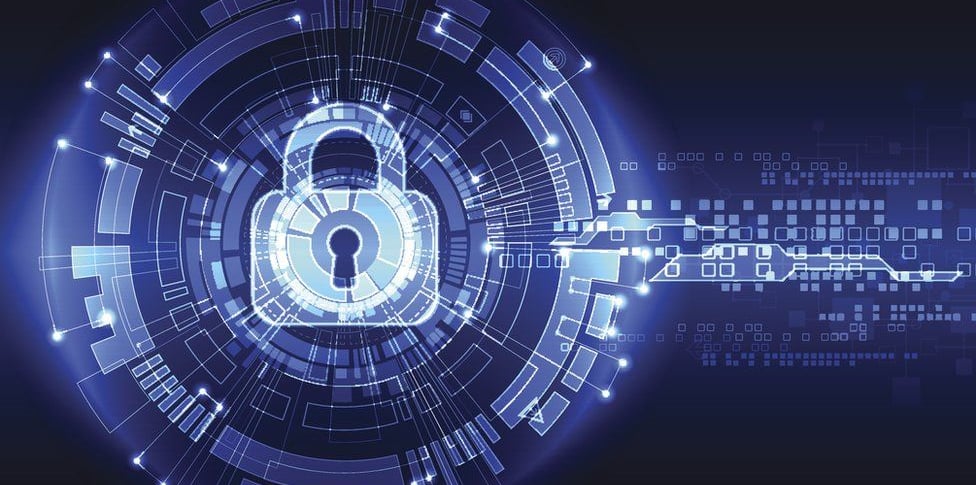🕵️♂️Get Up to 80% Off On All Products, StaySharp⚡
The Rise of Quantum-Safe Cryptography: Securing the Future of Digital Communication
Cutting-Edge Quantum-Safe Cryptography, where the focus is on fortifying our digital defenses against the formidable power of quantum computers. This article delves into the development of innovative cryptographic systems designed to withstand quantum attacks, ensuring robust security in a post-quantum world. Discover the essentials of post-quantum cryptography, its mechanisms, and its critical role in safeguarding future communications and
CYBERSECURITY
Phillemon Neluvhalani
4/26/20242 min read


The Rise of Quantum-Safe Cryptography
Cybersecurity is a Top concern for individuals and organizations alike. With the increasing sophistication of cyber threats, it has become imperative to develop cryptographic systems that can withstand attacks from powerful quantum computers.
Quantum computers, with their ability to perform complex calculations at an unprecedented speed, pose a significant threat to traditional cryptographic algorithms. These algorithms, which have been the backbone of secure communication for decades, rely on the difficulty of certain mathematical problems to provide security. However, quantum computers have the potential to solve these problems efficiently, rendering many of our current encryption methods obsolete.
What is Quantum-Safe Cryptography?
Quantum-safe cryptography, also known as post-quantum cryptography or quantum-resistant cryptography, refers to the development of new cryptographic systems that are secure against quantum attacks. These systems aim to provide long-term security even in the presence of powerful quantum computers.
Unlike traditional cryptographic algorithms, which are based on mathematical problems that are hard to solve for classical computers, quantum-safe cryptography utilizes mathematical problems that are believed to be hard even for quantum computers. This ensures that the security of the system remains intact, even if an adversary has access to a quantum computer.
Challenges in Developing Quantum-Safe Cryptography
The development of quantum-safe cryptography is not without its challenges. One of the main hurdles is the lack of a widely accepted standard for post-quantum algorithms. Unlike traditional cryptographic algorithms, which have undergone years of scrutiny and standardization, post-quantum algorithms are still in the early stages of development.
Another challenge is the performance of quantum-safe cryptographic systems. Many of the proposed algorithms are computationally more expensive than their classical counterparts, which can impact the speed and efficiency of secure communication. Balancing security and performance is a crucial aspect of developing quantum-safe cryptographic systems.
Furthermore, transitioning from traditional cryptographic systems to quantum-safe ones is not a straightforward process. It involves updating existing infrastructure, protocols, and applications to support the new algorithms. This transition needs to be carefully planned and executed to ensure a smooth migration without compromising security.
The Need for Quantum-Safe Cryptography
While quantum computers are still in the early stages of development, it is essential to start preparing for the future. The widespread adoption of quantum computing is not a matter of if, but when. It is crucial to ensure that our data and communication remain secure, even in the face of quantum threats.
Many organizations, including government agencies and financial institutions, deal with sensitive information that needs to be protected for decades or even centuries. The long-term security provided by quantum-safe cryptography is essential in these scenarios, as it ensures that the encrypted data remains secure even if a quantum computer becomes available in the future.
Additionally, the development of quantum-safe cryptography fosters innovation and collaboration in the field of cryptography. Researchers and experts from various disciplines are coming together to tackle the challenges posed by quantum computing. This collaboration not only leads to the development of secure cryptographic systems but also pushes the boundaries of our understanding of encryption and security.
As the threat of quantum computers looms on the horizon, the development of quantum-safe cryptography has become a pressing concern. It is essential to invest in research and development to ensure that our cryptographic systems remain secure in the face of quantum attacks.
Embracing this new paradigm, we can safeguard our data and communication, ensuring a secure digital future for generations to come.


